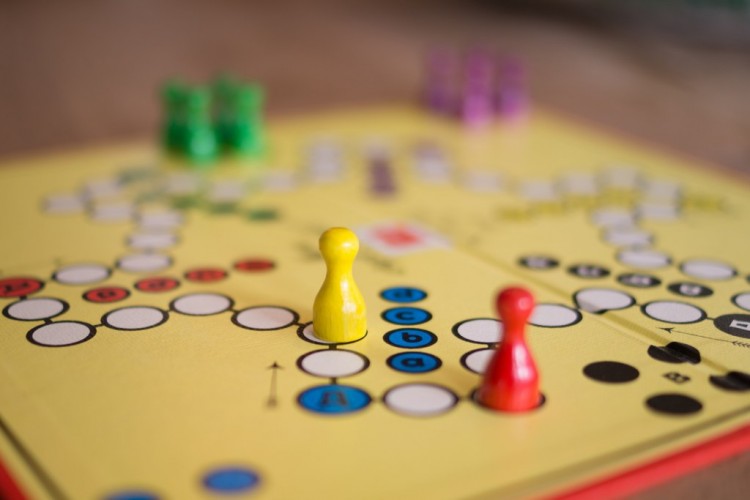‘OK, whoever finds the correct answer will get 5 points and a sticker. I’m writing the names of the students with the most points on the board. Let’s see who will be on the top!’
If you regularly set up in class mini competitions like that, you are already using gamification in your teaching. In fact, you are employing three core gaming elements, namely Points, Badges, and Leaderboards.
Gamification is a hot new trend right now in fields like website design, marketing, and corporate training. Many large universities are even offering courses and degrees in gamification.
What is Gamification?
The Oxford Dictionary defines gamification as:
‘The use of elements of game-playing in another activity, usually in order to make that activity more interesting’.
It is therefore clear that gamification is a motivation tool. It is not the same as playing a game; it is making a boring process interesting by using fun elements from games.
The truth is that teachers have been using it forever, even before there was an official term for it. Faced with endless boring tasks and packs of fidgety children, they had to think on their feet and come up with ways to engage and motivate them. Employing game-playing elements helped keep their students busy and interested.
What is considered as fun in games?
Apart from the obvious answer, which is winning or beating an opponent, we also derive pleasure from activities such as:
- problem-solving
- exploring
- creating
- imagining
- collecting
- role-playing
- collaborating
- simply chilling
All of these can be employed in the learning process to spice up boring tasks. Educators should start thinking like game designers. To reach a certain fun outcome you need to use the appropriate game elements.
What gaming elements can be used in the learning process?
From the non-exhaustive list of gaming components and mechanics, here are a few that can be particularly useful to educators:
- Narrative. Nothing can beat a well-told captivating story, whether you are a child or an adult. Text, audio, video, cartoon, they all have the same denominator: a storyline.
- Progression. Learners need to know they are acquiring skills and getting better. Student portfolios and ‘can-do’ statements help them reflect on their own learning.
- Challenges. Tasks should be easy enough to tackle, but hard enough to challenge and motivate. And, following the previous point on progression, they should have a gradually rising level of difficulty.
- Competition. Just like in our example sentence. Closely linked to rewards below.
- Cooperation. Apart from competing against each other, students also like working together. Never miss an opportunity to form pairs or groups to work on a project. It is more fun than working alone.
- Rewards. With tangible rewards there is always the danger that they may substitute for the intrinsic motivation. It is better to use intangible rewards (e.g. points). Remember that the game is ultimately its own reward.
- Win States. When the outcome is a winner.
- Achievements. Create tangible things that serve as proof of student achievement. They can be certificates, posters, photos, videos etc.
- Badges. Another tangible proof of individual achievement. They can be stickers, stamps, even your own drawings on the board.
- Leaderboards. A classification of all learners-participants according to their performance. A really powerful motivational tool.
- Points. Instant intangible rewards that help create leaderboards.
- Teams. Either working with each other in a team or cooperating to beat another team, students can overcome shyness and benefit immensely.
Gamification can help your students move from one end of the motivational spectrum to the other, from amotivation to extrinsic motivation (powered by external rewards and teacher regulation) and finally to intrinsic motivation, when the student is internally motivated. Isn’t that what education is all about?
Savas’s Bio: I started my career as a teacher, teaching English to young and adult students in various private language schools. I worked as a certified proctor at the first Fulbright Test Center in Athens. I moved to publishing in 2000, working for both local and international ELT publishers. I have a major in English and an MBA in Marketing. I blog (mostly about EdTech) at http://www.brightclassroomideas.com. Follow me on Twitter @SSavides.’


